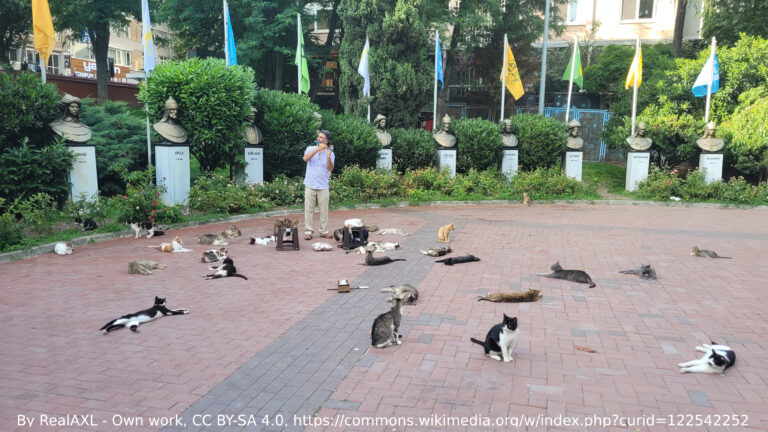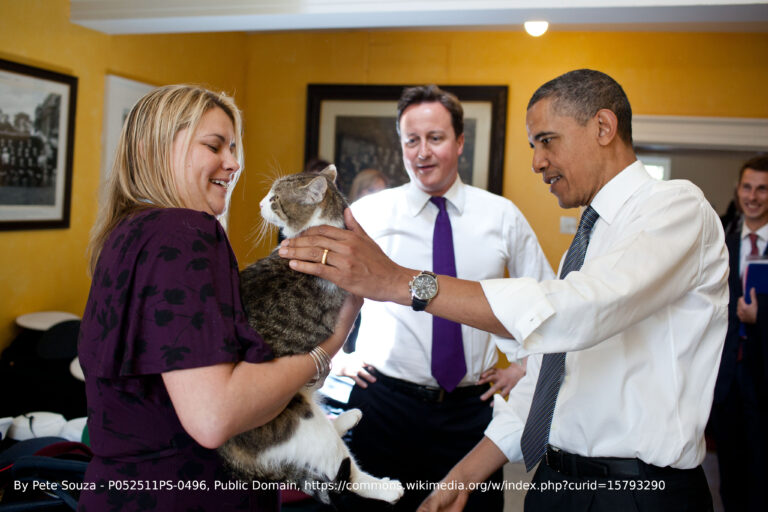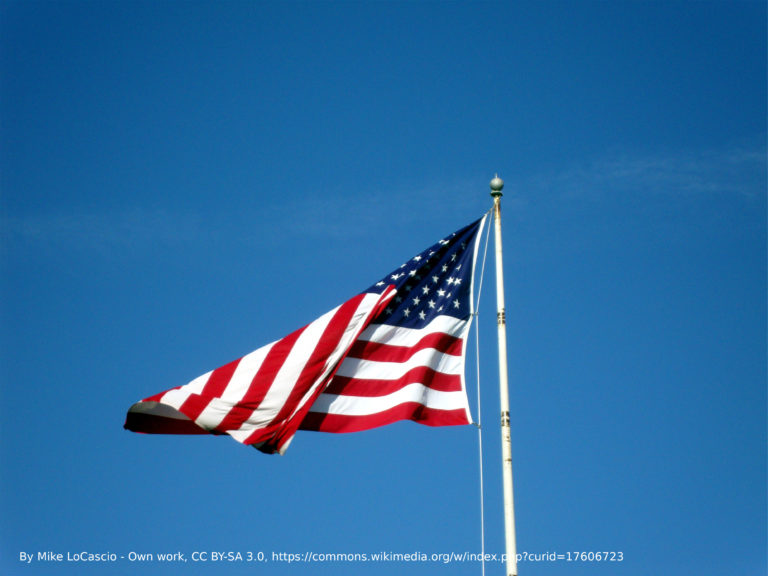Animals with jobs pop up all over the world and in all sectors. Here we look at all sorts of animals with jobs, from the cutesy to the deadly serious and life-saving.
Mine-detection rats
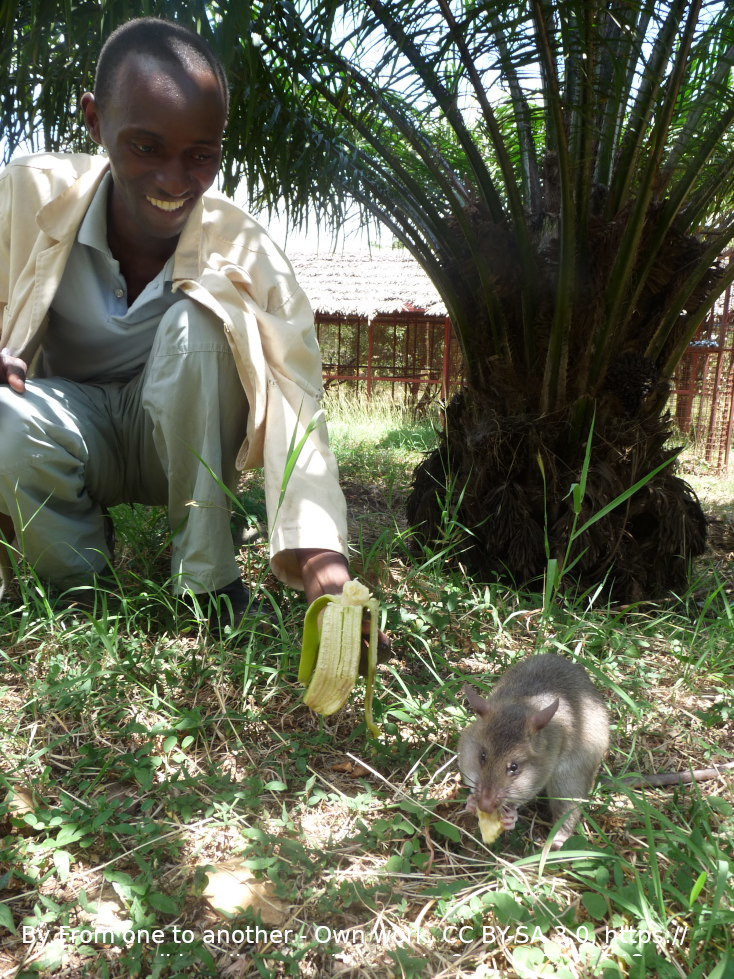
Used in areas of conflict and former conflict, rats are the ultimate animals with jobs. Rats are ideal for this job as they are intelligent and trainable and, crucially, too light to trigger the landmine. Rats are trained to sniff out one of the chemicals contained in the mines’ explosive. When rats detect the compound they signal to their handlers who can then ensure the mine is dealt with before a person is maimed or killed by accidentally stepping on the mine. As well as not triggering the landmines, rats can sniff them out much quicker than a human.
Perhaps the most famous mine-detection rat is Magawa, an African giant pouched rat who detects mines in Cambodia. Magawa is an international HeroRAT, born and raised in Tanzania, trained by Belgian charity Apopo and working in Cambodia. Magawa has identified 70 mines and unexploded bombs and so has been awarded the PDSA Gold Medal. Magawa is now nearly old enough to retire and works for just half an hour a day. Click on the PDSA link to see a lovely image of Magawa wearing his medal.
Gluten detection dogs
You might have come across gluten detection dog Suki on Instagram. Gluten can be an invisible ingredient and/or contaminant in food, toiletries and products including disposable plates, and for coeliacs (celiacs in the USA) this causes debilitating problems. Suki, Birdie and their fellow gluten detection dogs are trained to sniff out this gluten and alert their owners to its presence.
So how do you train a gluten detection dog? With great care and patience. It seems that transferring the alerting relationship from a dog trainer to that dog’s new owner often doesn’t go smoothly, so the best advice at the moment is to train the dog yourself, which is huge undertaking. However, there are companies offering these services. Your country’s coeliac advice service might be able to recommend one. As with any service dog, training needs to begin early, so you would need to find a breeder used to providing puppies for service training. Labradors and standard poodles are considered to be the best breeds for this work.
Cats with jobs
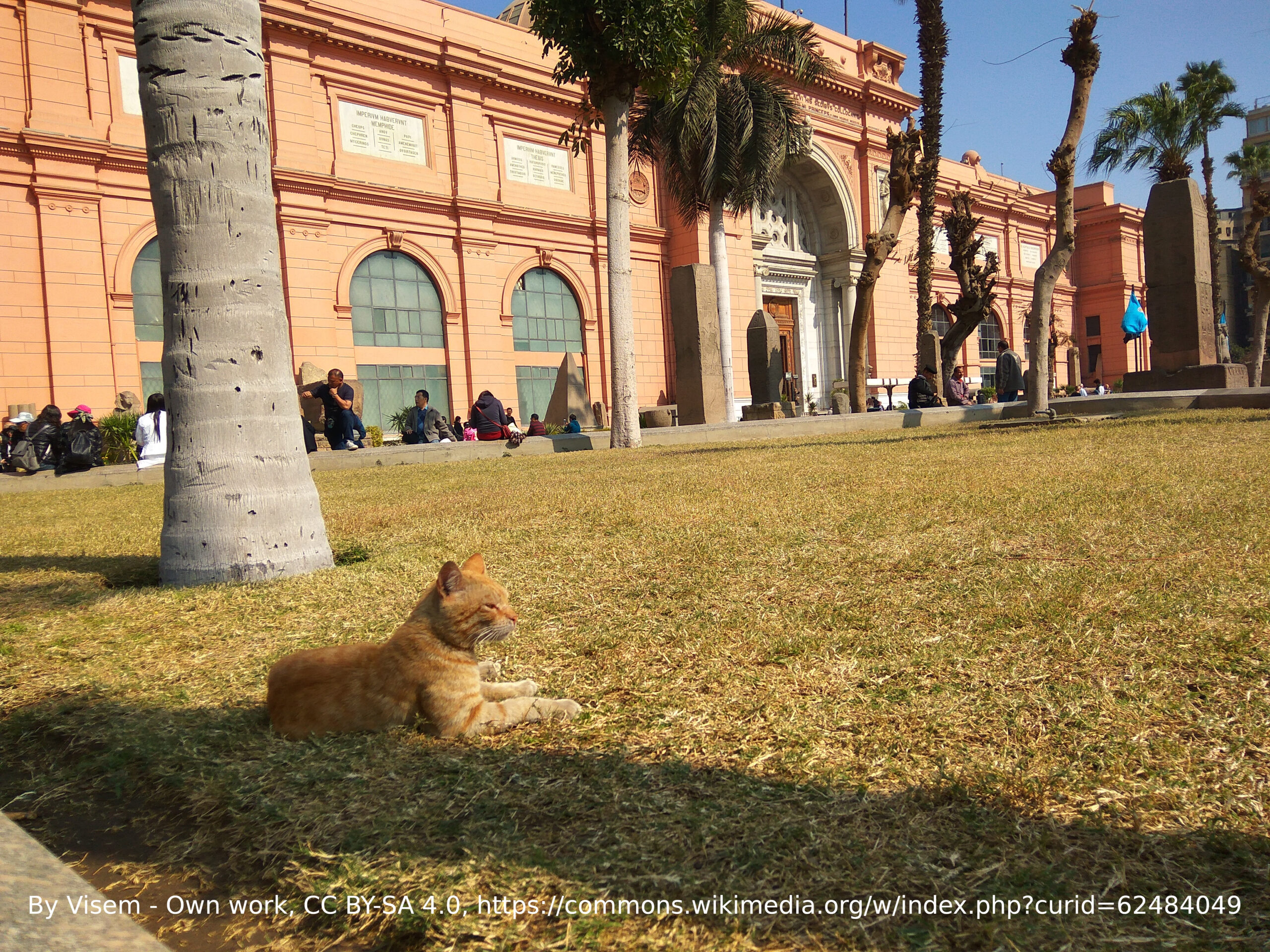 Animals with jobs frequently come in feline form. Sometimes they are on the premises to be friendly and attract customers, sometimes they’ve invited themselves and just moved in, and sometimes they’re performing a vital pest-control function.
Animals with jobs frequently come in feline form. Sometimes they are on the premises to be friendly and attract customers, sometimes they’ve invited themselves and just moved in, and sometimes they’re performing a vital pest-control function.
Zara the rescue cat lives in a vicarage in Bexley in the UK. She is part of the congregation and community. She was adopted by Fr Barlow, who describes her day:
“She spends a lot of her day with the groups who use the church hall: Brownies, keep fit, yoga, karate, and the toddler group.”
Zara is sought after for weddings and particularly funerals. She is also very supportive to the Barlows’ autistic son, like many cats who fulfil therapy roles.
Cats spending time in buildings will put off rats and mice from even coming into a building. Cats are great to have around, but this pest control function has seen them welcomed into museums, educational settings and shops and offices. Of course there are also jobs with cats but that’s another blog post.
Logging horses
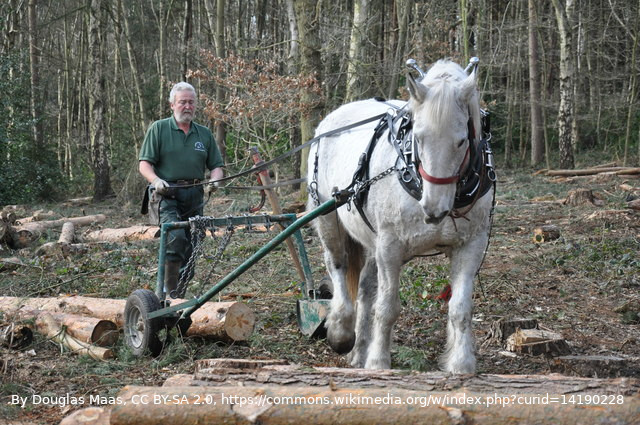 Horses play an important role in sustainable forestry management. Logging needs heavy horses, breeds such as Shire Horses, Clydesdales and Percherons. Horses damage ground far less than heavy machinery and work without the need for building roads into forests. Horses can often work in places inaccessible to machinery. Although horses are pulling extremely heavy loads, their work requires continual breaks to deal with machinery, clear obstructions and so on which gives them a break. Overall a logging horse gets more rest time than a racehorse.
Horses play an important role in sustainable forestry management. Logging needs heavy horses, breeds such as Shire Horses, Clydesdales and Percherons. Horses damage ground far less than heavy machinery and work without the need for building roads into forests. Horses can often work in places inaccessible to machinery. Although horses are pulling extremely heavy loads, their work requires continual breaks to deal with machinery, clear obstructions and so on which gives them a break. Overall a logging horse gets more rest time than a racehorse.
Logging with horses began more than 10,000 years ago as our ancestors cleared land. It nearly died out in the late 20th century thanks to machinery, but it’s now becoming popular again and at one point was the subject of an apprenticeship run by the Duchy of Cornwall.
Pipe-clearing ferrets
Yes really. In 1971 the National Accelerator Laboratory at Stanford had nearly finished building its Meson Laboratory. Some of the pipes were dirty and needed to be absolutely pristine to work. They considered building a purpose-designed machine but that would be prohibitively expensive. A visiting British physicist, Robert Sheldon, came up with idea of using a ferret. Enter Felicia, an inexpensive but perfect ferret. Felicia was fitted with a collar and string and trained to race along the piping, something ferrets love to do. When Felicia arrived at the other end of the piping she had left a string all through the piping. A cloth with cleaning fluid was attached to the string and pulled through the pipes by engineers, perfectly cleaning them. Felicia carried out this role 12 times before being replaced by a machine.
For more unusual animals with jobs read this article.

